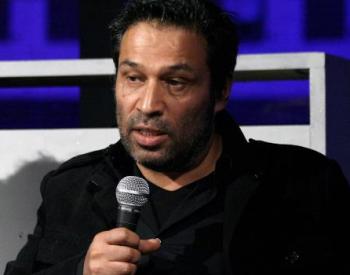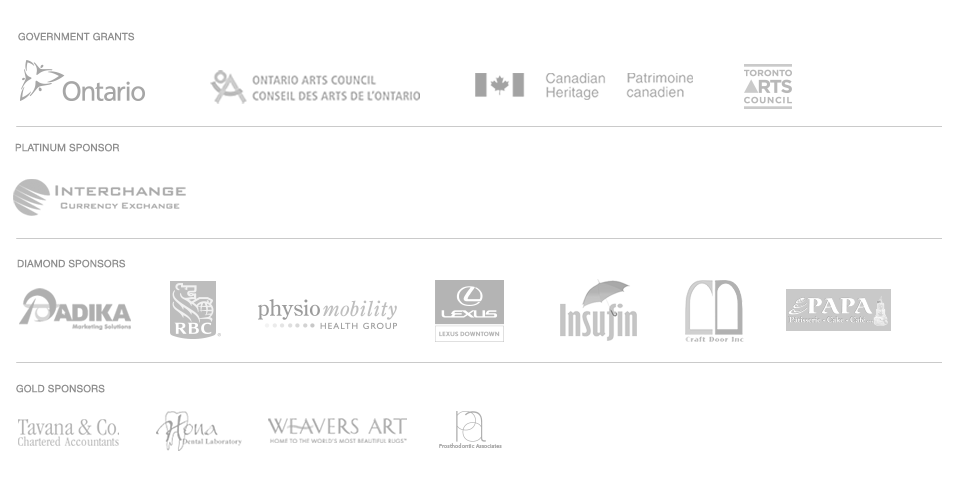Shoja Azari
Cinema

Shoja Azari is an Iranian born visual artist/filmmaker who lives and works in New York City. Shoja uses film, painting and photography to create striking and culturally referenced works.
In 1995 Shoja wrote his first feature script in English “The story of the merchant and the Indian Parrot.” He produced and directed a half an hour short version of the script in 1997. In 1998, Shoja met the renowned Iranian visual artist Shirin Neshat and together they started a close collaboration still continuing today.
The fruit of this collaboration was “Turbulent” a double screen film installation directed by Shirin Neshat and preformed by Shoja Azari and Sussan Deyhim. This film won the Golden Lion, top prize of the prestigious Venice art biennale in1998. “Rapture” (1999) written by Shoja Azari and Shirin Neshat was claimed a masterpiece” by Arthur Danto one of the most important historian and philosophers of contemporary art.
The following ten years were the most prolific and exciting years. Shoja and Shirin together produced more than 15 film/art installations that have been exhibited widely in museums and art festivals around the globe.
In the year 2000 Shoja embarked on his interpretation of Kafka for screen. Shoja adapted three short stories of Kafka “The Married Couple,” “In the Penal Colony” and “A Fratricide” were made into a trilogy, presented as his first feature film “K” that premiered at Venice film festival in 2002. ,
In 2003 Shoja made the mockumentary “ Maria de Los Angeles,” a reflection on the colonial and exploitive dimension of filmmaking in a foreign land.
“Windows” a series of nine short films started in the year 2003 and was completed in 2006. “Windows” was Shoja’s formalistic experiment with the film language as well as his voyeuristic glance into the lives of a people and a culture, which always seemed at a distance. “Windows” together and separately have been exhibited widely in art museums and film festivals.
"Women Without Men," a feature film written and directed in collaboration with Shirin Neshat based on the controversial novel by Shahrnoush Parsipour interweaves the lives of four Iranian women in the summer of 1953 - a pivotal moment in Iranian history during an American-led coup d'état. "Women without Men" won the Silver Lion in Venice in 2010.
In addition, Shoja has written a number of feature scripts and short stories. He is in the development stage of his latest script “Paradise” as a dramatic feature film.
For the 55th Venice Art Biennale he is doing a 25 minutes video projection which will tell the story of “the Black Dome, or The King of Black” from the romantic epic poem of the 12th century poet Nezami Ganjavi’s “Haft Paykar” or “Seven Beauties”. Completed in 1197 by the poet Nizami of Ganja, it is an allegorical romance of great beauty and depth, and its central theme of self-knowledge as the path to human perfection is conveyed in rich and vivid imagery and complex symbolism. Shoja is using contemporary actors set within the background of Persian miniature to tell his story.
Shoja has also developed an art technique, combining moving image and painted image on canvas known as “video painting.” Both his video paintings and art installations have been exhibited widely at galleries and museums around the world.





